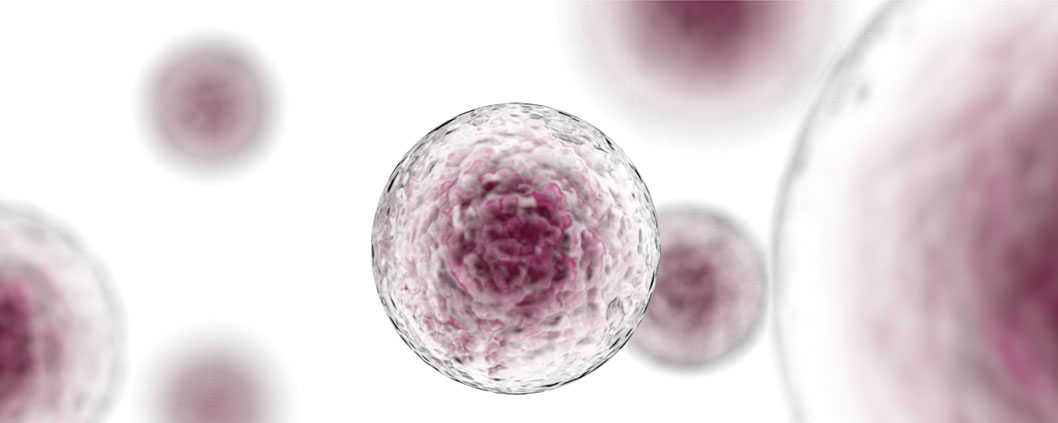A team of American scientists has possibly cured HIV in a woman for the first time with the help of haplo-cord transplant, according to NBC News.
The scientists, who presented the new case study Tuesday at the virtually held annual Conference on Retroviruses and Opportunistic Infections, used the cutting-edge stem cell transplant method, which they expect to help numerous patients with HIV.
The patient has joined a rare club that includes three men who have been cured (or likely cured) of HIV. Apart from these three men, two other women have apparently vanquished the deadly virus with the help of their own immune systems.
Dr. Carl Dieffenbach of the National Institute of Allergy and Infectious Diseases (NIAID) told NBC News that the accumulation of repeated apparent triumphs in curing HIV “continues to provide hope” and “it’s important that there continues to be success along this line.”
Dr. Deborah Persaud of the Johns Hopkins University School of Medicine said, “While we’re very excited” about the new case of possible HIV cure, the stem cell treatment method is “still not a feasible strategy for all but a handful of the millions of people living with HIV.”
Dr. Yvonne Bryson of UCLA’s David Geffen School of Medicine was also involved in the case study.
The woman was diagnosed with HIV in 2013 and leukemia in 2017. She received her treatment at New York-Presbyterian Weill Cornell Medical Center in NYC, which is why she is referred to as the “New York patient.”
Dr. Bryson and Dr. Persaud worked with other scientists to conduct lab tests to evaluate the woman. At Weill Cornell, they collaborated with Dr. Jingmei Hsu, Dr. Koen van Besien, and Dr. Marshall Glesby.
The New York patient underwent a haplo-cord transplant, which was developed by the Weill Cornell researchers.
What is a haplo-cord transplant? It is a cord blood transplant supported by the half-matched bone marrow. In this type of procedure, doctors find donor stem cells that match a patient’s HLA (Human Leukocyte Antigen) when the patient need needs a stem cell transplant. Of course, a donor must have a close enough HLA match and rare genetic abnormality conferring HIV resistance.
Dr. van Besien said, “The role of the adult donor cells is to hasten the early engraftment process and render the transplant easier and safer.”
Luckily, the New York patient was found to have that HIV-resistant genetic abnormality in the umbilical cord blood of an infant donor. And both donors were only a partial HLA match to the woman.
Dr. van Besien said of haplo-cord transplant, “We estimate that there are approximately 50 patients [HIV] per year in the U.S. who could benefit from this procedure. The ability to use partially matched umbilical cord blood grafts greatly increases the likelihood of finding suitable donors for such patients.”
Dr. Bryson explained, “It would’ve been very difficult to find a match plus this rare mutation unless we were able to use cord blood cells. It does open up this approach for a greater diversity of population.”
However, at this stage, the researchers are considering the New York patient in a state of HIV “remission.”
“You don’t want to over-call it,” Dr. Bryson said of favoring the word “remission” over “cure” at this stage.
The scientists said they could consider the patient cured if she has no signs of the active virus after a few years.
Dr. Bryson said, “I’m excited that it’s turned out so well for her.” She said the apparent success of this case has given scientists “more hope and more options for the future.”























